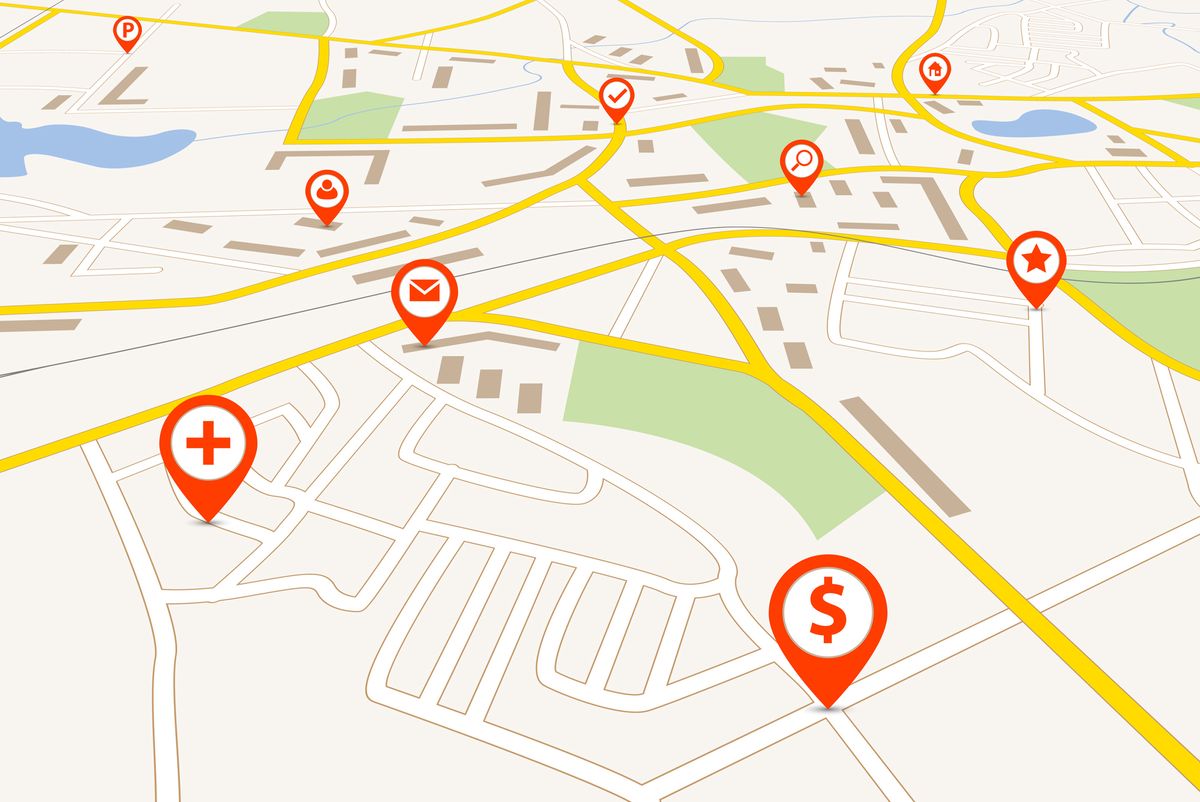The first half of 2020 has in many cases seen the global consumer constrained to their homes. We’ve been bound to our bedrooms, working from our kitchen table, and climbing mountains via the apartment staircase. In short – we’re beginning to come out of a prolonged period of shared local reality, the effect of which has renewed our understanding and appreciation of community.
This means that big brands may see themselves being pushed to back of mind for consumers over the remainder of the year. Indeed, those brands that have been focusing on short-term transaction-driving wins to boost revenue are likely to struggle to retain their share of voice (SOV). Which in turn has been linked to a significant downturn in market share in the long run.
The antidote? Humanise your brand to your consumers and become more relevant to their lives, beyond a one-off transaction.
Humanise your brand
The purpose of hyper-local influence is to insert your brand into the lives of your consumers. Rather than being aspirational and unattainable, hyper-local influence allows you to speak with your consumer on a few to one basis with relevant messaging that inspires personal action. A good example could be the change in opening times for a local café. They don’t need to speak with the whole of the UK, but rather a handful of postcodes. The return is therefore likely to be much higher, as your wastage is drastically reduced.
For a large brand, this could mean working with a plethora of nano influencers, each with a strong reach in your key market cities. By strong reach, we could be looking at under 500 people, but over 70% of them live in an area you need to speak to. As government policy changes in their locale, you can seed local briefs to these influencers to make sure you’re speaking to your consumers in a way that matters to them.
If you’re the one brand actually speaking to Leicester right now in their own personal lockdown, you’re likely to win a few long-term brand advocates, or at the very least spark attention.
Hyper-local influence can increase ROI
The elephant in the room, of course, is the ever-present, internal struggle with hyper-local influence – nobody wins awards for only reaching 50 people right? Wrong. As we move into what is predicted to be a drastic global recession, ROI is becoming ever more important. Where budgets are being squeezed this year, and influence is having to step up to bat where many disciplines are not able to activate under social distancing guidelines, we have a unique opportunity to prove our sector ROI.
By using hyper-local influence and focusing on business outcomes, not campaign outputs, we can increase our influence conversion rate and focus on driving real business change. The days of mass reach being a sign of campaign success are coming to an end.
It’s a no brainer, and something that we learnt years ago in paid media – test, optimise, refine and test again. But unfortunately, the attitude has been somewhat delayed in the influence world. This may be because of a historic lack of transparency around influence data, or perhaps a misconception that engagement metrics are a direct suggestion of business success.
Whatever the reason, this preconceived notion is coming to the end of its life cycle and clever beats cash strategies are winning out.
Integrating hyper-local influence
This leads us on quite nicely to the next area where hyper-influence flourishes – integration. From our work at Ogilvy, we know that for every channel you add influence to you have the potential to increase ROI by around 30%. It’s no secret that working with influencers, you are highly unlikely to ever reach their total following (unless perhaps on TikTok, where you could reach far more).
The same goes for demographic targeting. Although you may know that 80% of their audience is in South West England, you cannot be guaranteed that 50% of the audience you reach is actually from that 20% living in Italy, France and New Zealand. So instead we integrate.
This can be done by either whitelisting influencer content: putting paid spend behind their accounts and tailoring to reach our desired demographic. Or it can also mean taking our influencer content and placing in a brand owned environment. We know that humans prefer to buy from humans – that’s why influence works – and so by using influence content on your brand-owned channels you’re humanising the experience.
Not least to say that you’re also potentially making huge cost efficiencies on social content production.
Renewed connection
In short, hyper-local influence is here to stay. Our new shared reality has only sought to strengthen our connection to our influencers – helping us to draw parallels between ourselves and their daily lives throughout our pyjama-clad lockdown days. Where we face the possibility of another wave of the pandemic, and a Christmas without winter sun escapes, our local and digital communities become ever more important.
To my earlier point, over the coming year, we need to focus our efforts on regular SOV driving pulse activity that speaks directly to our consumers. Personalised messaging which takes advantage of this renewed connection to our local area will win out and only seek to make your brand more personable in the long run.








